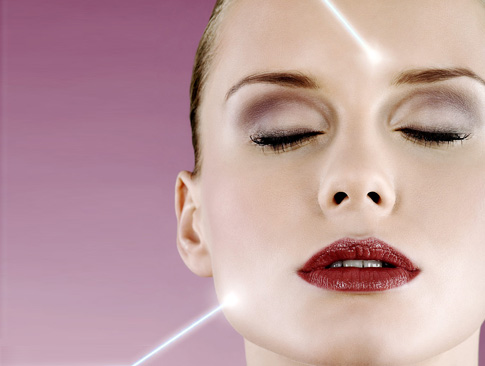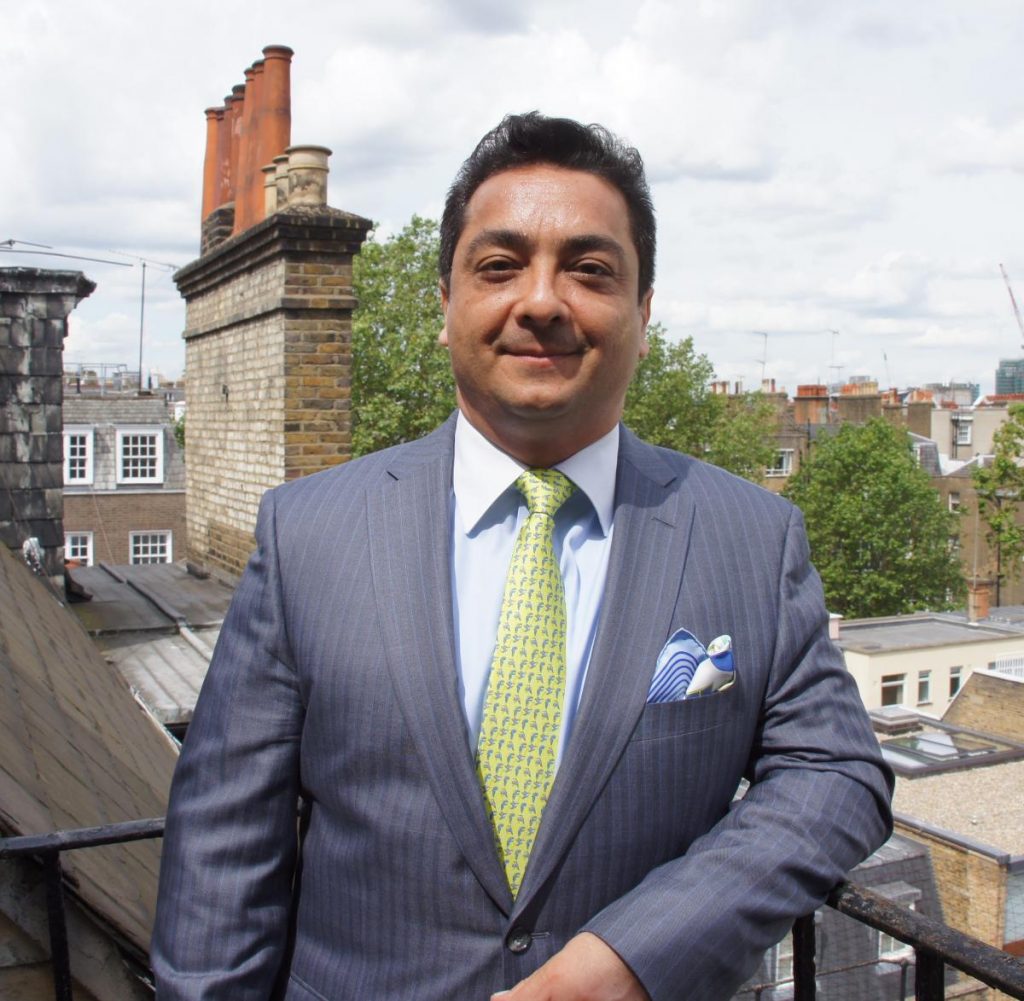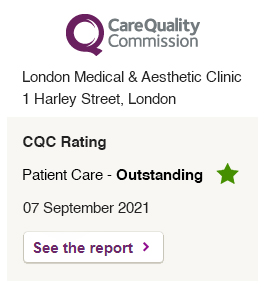Treatments for scarring
Scars are very common – most people have at least one on their body. They are a natural part of the healing process. When the skin is wounded and there is a break in the body’s tissues, the body produces more of a protein called collagen, as part of the healing process. Collagen builds up where the tissue has been damaged, helping to heal and strengthen the wound.

For a period of about three months or longer, new collagen continues to form and blood supply increases, causing the scar to become raised, lumpy and red. Some collagen then breaks down at the site of the wound, the blood supply reduces and the scar gradually becomes smoother, softer and paler.
The body’s tissue naturally heals itself when it is damaged. This healing process can cause scars to appear.
If the skin is broken (for example, by a cut, bite, scratch, burn, acne or piercing), the body produces more of a protein called collagen.
Although scars are permanent, they can fade over a period of up to two years. It is unlikely they will fade any more after this time.
The different types of scars include:
Flat, pale scars – these are the most common type of scar and are due to the body’s natural healing process. Initially, they may be red or dark and raised after the wound has healed, but will become paler and flatter naturally over time. This can take up to two years.
Hypertrophic scars – red, raised scars that form along a wound and can remain this way for a number of years.
Keloid scars – these are caused by an excess of scar tissue produced at the site of the wound, where the scar grows beyond the boundaries of the original wound, even after it has healed.
Pitted (atrophic or “ice-pick”) scars – these have a sunken appearance.
Contracture scars – these are caused by the skin shrinking and tightening, usually after a burn, which can restrict movement.

Keloids
Some scars grow lumpy and larger than the wound they are healing. This is called keloid scarring. It can happen to anybody, but is more common in people with dark skin, such as people from African, African-Caribbean and south Indian communities.
Keloids were named by Egyptian surgeons around 1700 BC. Baron Jean-Louis Alibert (1768 -1837) identified the keloid as an entity in 1806. He called them cancro’de, later changing the name to cholo’de to avoid confusion with cancer. The word is derived from the Greek, chele, meaning “hoof”, here in the sense of “crab pincers”, and the suffix -oid, meaning “like”. For many years, Alibert’s clinic at L’Hospital Saint-Louis was the world’s centre for dermatology.
In the usual case of scars, collagen gathers around the damage and builds up to help the wound seal over. The resulting scar usually fades over time, becoming smoother and less noticeable. However, some scars don’t stop growing. They “invade” the surrounding healthy skin and become bigger than the original wound. These are keloid scars.
Some scars become red and raised beyond the size of the original wound. These are called hypertrophic scars. Keloids affect around 10-15% of all wounds. They can appear anywhere on the body, but usually form on the shoulders, head and neck.
Treatments that may help flatten a keloid include:
• steroid injections
• applying steroid-impregnated tape to the area for 12 hours a day
• applying silicone gel sheeting to the area for several months, although a review of studies found that it is unclear whether this works or not to prevent or treat keloid scars
Other options are:
• freezing early keloids with liquid nitrogen to stop them from growing
• laser treatment to lessen redness (this won’t make the scar any smaller)
• surgery to remove the keloid (however, the keloid can grow back and may be larger than before)

Acne scars (atrophic scars)
Acne scars occur when pustules go on to form nodules or cysts. Scarring is the result of skin damage during the healing of active acne. This can allow two typical types of scars to form; atrophic and hypertrophic scars. This is dependent on whether there is a net loss or gain of collagen in the healing process. If there is a loss then an atrophic scar forms, and a gain in collagen forms a hypertrophic scar or keloid. Any imbalance in the enzymatic breakdown and the bodies rebuilding of tissue, results in scarring.
When treating acne scars there are many different options.
Dermal fillers:
When using dermal fillers to treat acne scarring only atrophic scars can be treated, because they are the only scars which are depressed. These are generally classified into three types; boxcar, ice-pick and valley (rolling).

There are more than 120 fillers available on the UK market but fillers made from Hyaluronic acid are the most commonly used. Using semi-permanent fillers means improvement will gradually wear off and the treatment will need repeating, however there is usually some form of subcision that occurs (and can be actively carried out) during administration of the fillers. Therefore the acne scars rarely return to their original state because of the physical lifting up and out of the scar, and the collagen development that often follows from fibroblast stimulation in the skins dermis, by the needle.
Some surgeons actively apply the subcision method to acne scars. How it works is that the needle is turned so that the bevel (the slanted portion of the needle) is perpendicular to the skin surface, and the needle is moved back and forth in a fanning motion to break up the fibrous tissue that is depressing the scar. This releases the dermis from its subcutaneous attachment which is pulling it down causing the indentation in the skin. The skin will naturally produce its own collagen to repair and heal the area; however the process can be improved and aided with the use of Sculptra. This is made of poly-l-lactic acid that stimulates your skin cells own collagen production.
Sculptra (Poly-L-Lactic acid)
Designed to stimulate collagen synthesis to rejuvenate the skin and achieve facial volumisation. Results can last several years, it is not a quick fix like a filler; it works in the skins epidermis to promote collagen production giving you lasting results over time.
Sculptra with Subcision
Subcutaneous incision following Sculptra injection is the treatment of depressed scars .A hypodermic needle is inserted into the superficial fat with the bevel (slanted edge) up just adjacent to the scarred area. The needle is turned so that the bevel is perpendicular to the skin surface, and the needle is moved back and forth in a fanning motion to break up the fibrous tissue that is depressing the scar. Sculptra is injected during subcision procedure which restores lost facial scar volume. Following the procedure, patients can expect bruising for up to 1 week.
Poly-Caprolactone
Ellansé is made of Poly-caprolactone (PCl), which is a well-known totally bioresorbable soft medical polymer. Ellansé is dermal filler providing immediate results, as well as biostimulation inducing neo-collagenases, it has longer-lasting and sustained results.
The London Medical & Aesthetic clinic are proud to be the very first leading clinic to introduce the revolutionary Ellanse dermal filler which acts as a biostimulators of collagen; with the results lasting up to 2 – 3 years. Ellanse can help with deep acne scars and loose skin.
Dermal rollers
Dermal roller Therapy provides advanced micro-medical skin-needling, a procedure that stimulates the skin to regenerate and repair itself naturally and safely, creating smoother, brighter, healthier, younger-looking skin.
Dermal roller is a treatment for both acne scarring and rejuvenation. It’s completely safe and increasingly popular skin renewal technique to restore the healthy youthful appearance of the skin.
Percutaneous Collagen Induction (PCI), also known as Collagen Induction Therapy (CIT) or Collagen Stimulation Therapy is an innovative treatment which harnesses your body’s natural powers of healing to achieve smoother, healthier and younger looking skin.
A specifically designed device which contains numerous micro-needles is used to create thousands of microscopic channels in the lower levels of your skin. This ensures minimal bleeding and induces regeneration via the wound-healing process.
When the skin is rolled, it creates tiny channels deep in to the dermis of the skin. These deep channels cause keratinocytes and fibroblasts to produce numerous growth factors that induce collagen synthesis. The stimulation of growth factors is based on how the body naturally rebuilds skin density and integrity. This is what is called the wound healing process. When rollers are used in conjunction with specially formulated creams, specific cells can be targeted for maximum therapeutic effect such as anti-ageing or reduction of pigmentation.

CO2 laser
There’s evidence laser resurfacing is an effective non-surgical way of improving the appearance of acne scars and other skin conditions.
Laser resurfacing is a cosmetic procedure which removes top layers of skin, called the epidermis, with less of a risk of creating a scar than surgery.
The laser beam exposes and heats the deeper layer of skin, called the dermis. This encourages collagen protein production to help repair damaged skin.
The British Association of Dermatologists says laser resurfacing of skin on the face affected by acne scars is an established technique, but one requiring the skills of an experienced laser surgeon.
The London Medical & Aesthetic clinic use the Smartskin Performa CO2 laser which is the latest generation and the most sophisticated laser in tissue rejuvenation and skin resurfacing technology with fast, visible results and minimal downtime.
During the procedure, the SmartSkin laser will be used to effectively stimulate and rejuvenate both the outer (epidermis) and inner (dermis) layers of your skin.
The SmartSkin is comprised of a CO2 laser that is applied to the treatment areas with a unique scanning handpiece. The laser has a wavelength of 10,600 nm and delivers laser pulses to the skin that measure 350 µm in diameter. Each laser pulse creates a micro-zone of ablation in the epidermis, and the number of pulses in a given area can be carefully controlled. Adjusting the spacing of the laser pulses allows us to leave some of the skin surface untouched, leading to faster healing and less downtime. We also control the timing and power level of the pulses, allowing for more or less aggressive procedure outcomes.
The primary target of the C02 laser is water. Once it has passed through the epidermis, the laser energy is delivered to the deeper, collagen bearing tissues below. It is this interaction of water, the C02 laser, and collagen that ultimately leads to the collagen rejuvenation and skin tightening that is one of the hallmarks of a SmartSkin procedure.
Chemical Peels
Chemical peels benefit and rejuvenate the skin of men and women of all ages.
The best candidates are often those with fair, thin skin that has a tendency of fine wrinkling or scarring on the face. Deeper chemical peels are usually not recommended for highly pigmented skin, such as those with Asian, black, and Mediterranean complexions.
Chemical peels often correct and improve superficial skin conditions, some of the common outcomes are:
• Softening of Scars
• Correction of uneven pigment
• Reduction in wrinkles
• Removal of blemishes
• General improvement of skin texture
There are a variety of different chemical peels to suit every different patient’s skin type. A customised formula can also be created. Some of the most commonly-used solutions are:
• TCA – Trichloracetic Acid Chemical Peel
• Phenol – Deep Phenol Chemical Peel
Different types of peels which can help with scarring:
Medium or Deep Chemical Peel
Peel depth is affected by acid concentration, number of coats applied or “passes,” skin thickness, skin preconditioning, body surface being treated, and in some instances, the duration of contact of the acid on the skin.

Dr Ayham Al-Ayoubi: Keratolytics are used for superficial impact on deeper scarring of atrophic facial scars. Medium-depth chemical peels destroy the stratum corneum as well as epidermis and penetrate into the papillary dermis causing destruction, protein denaturation, and inflammation at a deeper level. This, in turn, results in collagen remodelling and consequentially in scar improvement and tightening. Examples of medium-depth chemical peels include TCA, and variations of TCA peels such as the Obagi Blue Peel (Obagi Medical Products), TCA, or TCA combined with glycolic acid.
There are many different treatment options to treat scarring, whatever form it’s in. Here at the London Medical & Aesthetic clinic we are proud to offer a combination of treatment for scarring. Such as Sculptra, Sculptra subcision, dermal fillers, CO2 laser, dermal rollers, steroid injections and chemical peels which are all available and administered by our top consultants.





